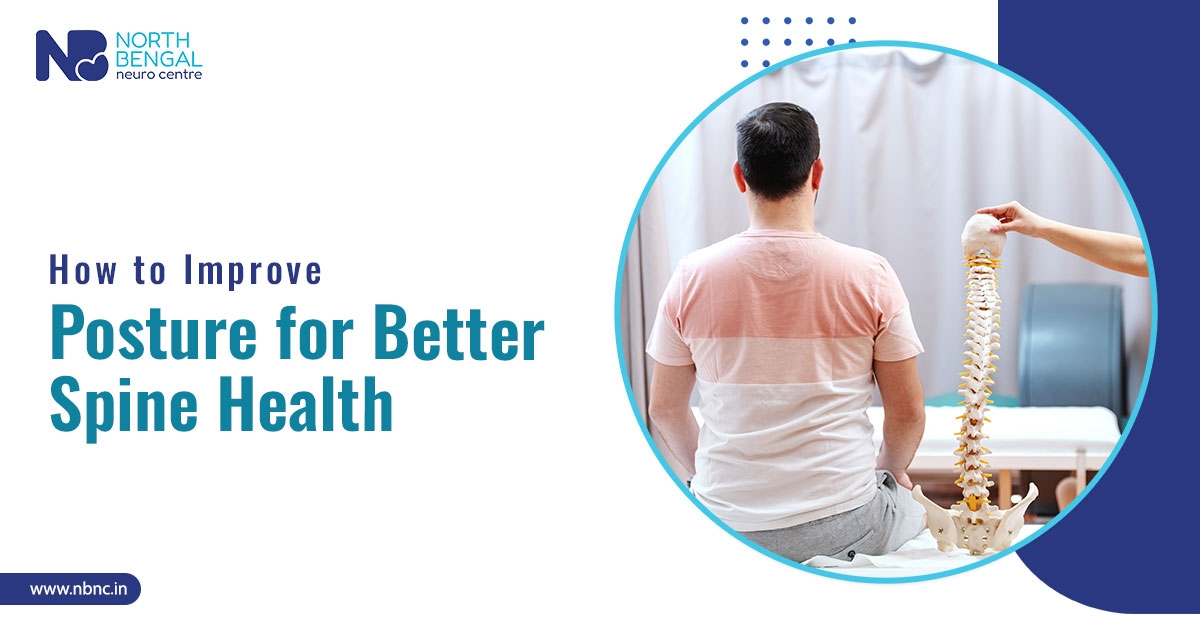Surgery to replace a damaged hip joint, known as hip replacement, is an effective treatment in orthopedic care. If hip discomfort or pain disturbs your everyday activities and nonsurgical therapies have failed to provide relief, hip replacement may be a good alternative. Seek guidance from the top orthopedic doctor in Siliguri at North Bengal Neuro Centre or near you.
Many patients who suffer from arthritis, joint stiffness, or persistent hip discomfort may find that hip replacement surgery improves their quality of life. The goals of this orthopedic operation are to increase mobility, reduce pain, and improve well-being. This blog post will explain the purpose of hip replacement surgery, what to expect during the healing process, et al.
Overview of the Procedure
This procedure makes use of a human-made device (known as a prosthesis) that an orthopedic surgeon inserts to replace your hip or portions of it. During hip replacement surgery, the surgeon replaces the injured hip joint components with artificial ones, often composed of hard plastic, ceramic, or metal.
There are mostly two kinds:
The most popular kind of hip replacement is called total hip replacement (THR), in which an orthopedic surgeon replaces the acetabulum (the socket) and the ball (the femoral head).
Partial hip replacement, which is performed for specific kinds of hip fractures, replaces only the ball of the hip joint.
If hip pain and other problems make it difficult for you to stand, walk, sleep, and move, your orthopedic doctor may suggest a hip replacement.
Why Hip Replacement Surgery Is Done
Medical experts usually advise having hip replacement surgery or hip arthroplasty when the hip joint gets seriously worn out/ damaged, or injured. Most frequently, such injury results from:
- Osteoarthritis. It is a widely reason for hip replacement surgery. As the cartilage in the joint deteriorates due to osteoarthritis, patients feel bone-on-bone friction and persistent discomfort.
- Rheumatoid Arthritis. An inflammatory disease that causes inflammation and damage to joints is called rheumatoid arthritis.
- Hip Fractures. Partial or complete hip replacement may be necessary for fractures, specifically in elderly persons.
- Post-Traumatic Arthritis. This may appear following a cartilage-damaging injury, such as a fracture or dislocation.
- Avascular Necrosis: A disorder where the hip bone's blood supply is interrupted, responsible for hip joint collapse and bone tissue death.
Typically, doctors don't suggest hip replacement surgery until more conservative care like medication, physical therapy, and lifestyle changes hasn't worked.
Surgical Procedures
There are several techniques for orthopedic surgeons to approach the hip joint:
The posterior approach makes an incision behind the hip.
In the anterior approach, the front is incised, which may result in a faster recovery.
What to Expect and Recovery
You are requested to put on a hospital gown when your medical team prepares you for the procedure. Either a spinal block, which numbs the lower body, or a general anesthetic, which induces a sedative condition, is administered to you.
After surgery, a physical therapist will advise strengthening and mobility exercises. You will receive complete guidance on lifestyle and home recovery and follow-up checkups. Meet the most trusted orthopedic doctor in Siliguri City or near you.
Everyone recovers differently from a hip replacement; most patients recover well three months following the procedure. It will take time to regain your mobility and strength, and if you notice any discomfort, reach out to your specialist.
This surgery can be life-changing; however, it’s a major surgery, and feel free to seek a second opinion. Hip replacement treatment is safer and more successful than ever because of developments in technology and surgical methods. Consult one of the top orthopedic surgeons in Siliguri or near you to better understand what’s suitable for you.





